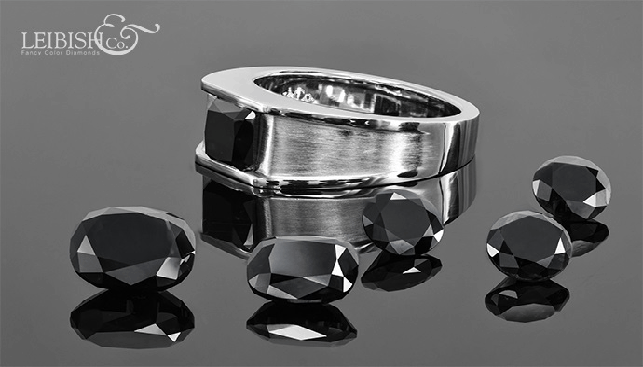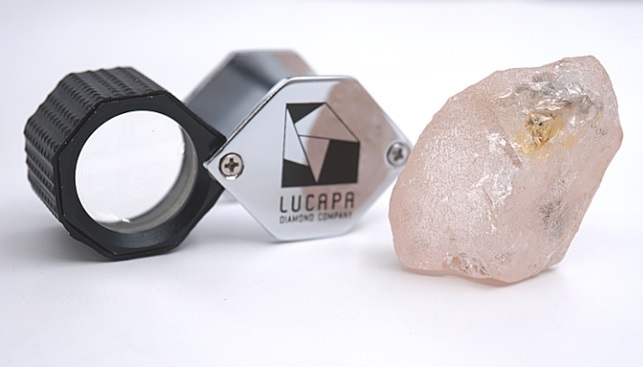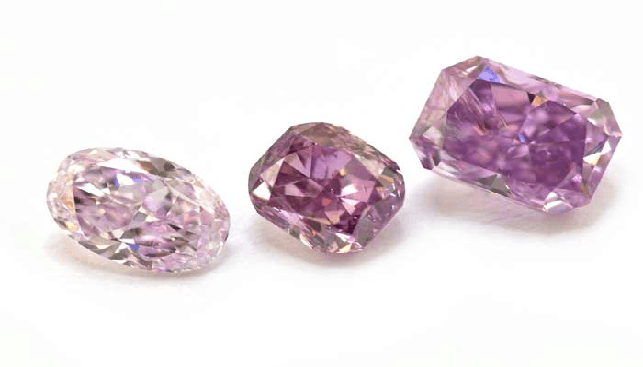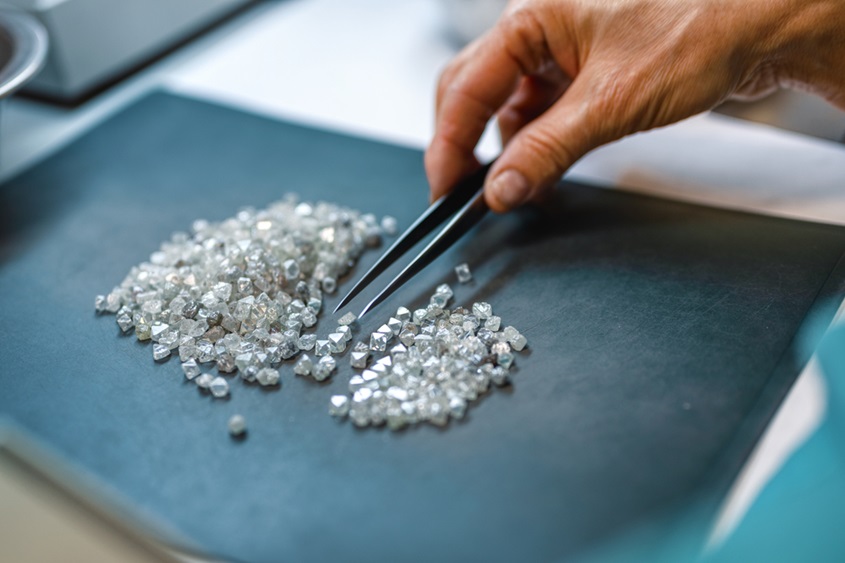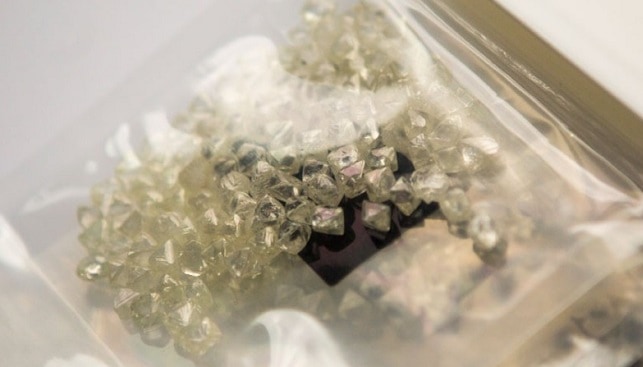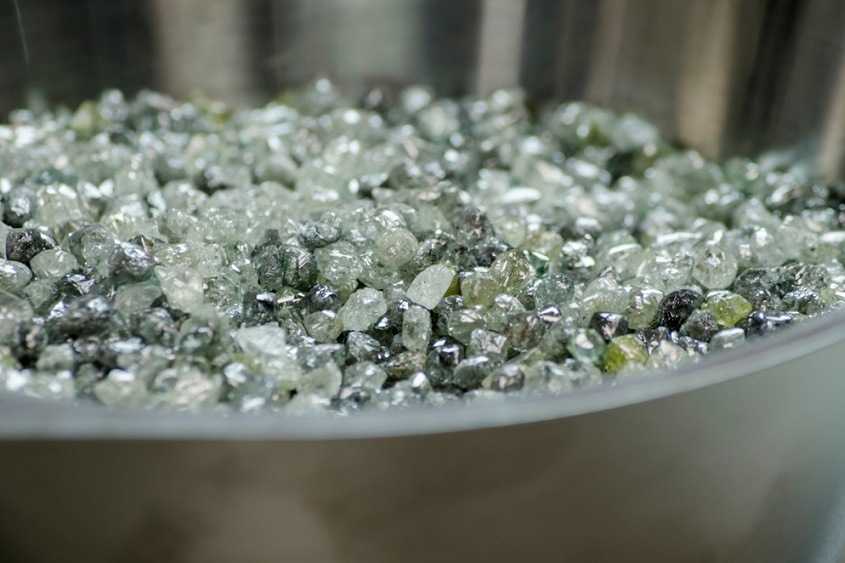In a recent article published on Rapaport Magazine, Martin Rapaport, publisher of Rapaport Magazine and the Rapaport Diamond Report, analyses the current state of the synthetic diamonds industry, pointing out trends, potential threats to the natural diamond industry, and recommendations for traders and trade organizations.
Rapaport starts by stating that “synthetic diamonds are a fundamental threat to the natural diamond industry” due to their very nature as “replacement product”. Their marketers, Rapaport states, “build up synthetic diamonds by tearing down natural diamonds”. Under such attacks and given that synthetics are cheaper than natural diamonds, the natural diamond trade “is confused and afraid”.

“Competition is fierce”, adds Rapaport, “profit margins are low and people are leaving the industry”. Furthermore, the reputation of natural diamonds and the natural diamonds trade “are being destroyed in the mind of the consumer”.
Rapaport then moves on to talk about several impacts of the synthetic industry on the natural diamond industry. Here are some highlights:
Identity Crisis: Rapaport talks about an industry suffering from an “identity crisis” following the attack of synthetic makers on the “unethical” nature of the diamond industry. Synthetic makers, he claims, are not saying: “Buy synthetics because they are more beautiful, sparkly, or well cut.” They are saying “Buy synthetics because they are the same as natural diamonds but with better ethics and lower prices”. But synthetics, he said, are not more ethical, “they don’t contribute to sustainable economic development in developing countries. And most importantly they don’t hold value”.
Synthetic prices: There are several reasons why synthetics are cheaper than natural diamonds, among them: They have no natural limitation of supply; the cost of manufacturing synthetic diamonds is continuously decreasing (it currently stands at $300 to $500 per carat); technological advances in synthetic processing are being driven by governments and companies seeking to develop a broad range of futuristic synthetic diamond technologies that have nothing to do with jewelry; and more. For all of the above, Rapaport says, “it is reasonable and rational to predict that synthetic diamond prices will decline significantly over the next few years”. Natural diamonds, in contrast, are based on scarcity “and that is why their price per carat increases with size and quality”.

Synthetic values: An entire generation of millennials is being “ethically” ripped off when they purchase synthetics, claims Rapaport, since consumers are not being informed of their sinking value in time. In essence, “jewellers are presenting the diamonds as a discounted item compared to natural diamonds even though they are not comparable when it comes to value retention”.
Rapaport goes on to discuss several other issues, such as the reasons for which people buy natural diamonds, especially diamond engagement rings; the emphasis that should be given on the emotional value of natural diamonds rather than keep promoting diamonds based on price; the higher profit margins when selling synthetic diamonds and what that means in the short and long terms; and synthetic melee and the market for inexpensive fashion jejwellery.
Rapaport summarizes by offering several recommendations to natural diamond traders concerning synthetics; recommendations for the FTC concerning guarantees made by synthetic diamond companies; and recommendations regarding the promotion of natural diamonds; the issue of melee diamonds; and the elimination of “questionable diamonds” from the supply chain.
Read the full article here.



